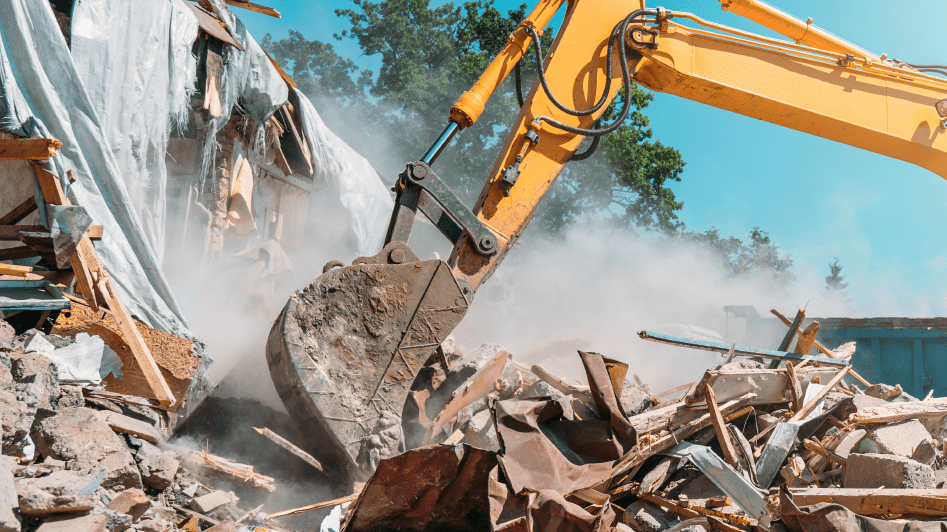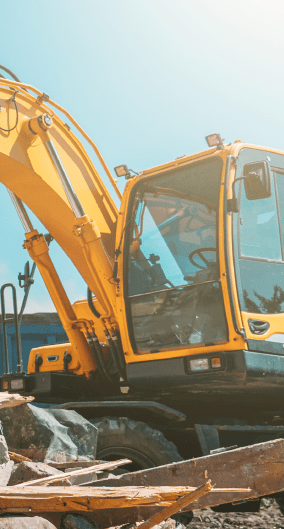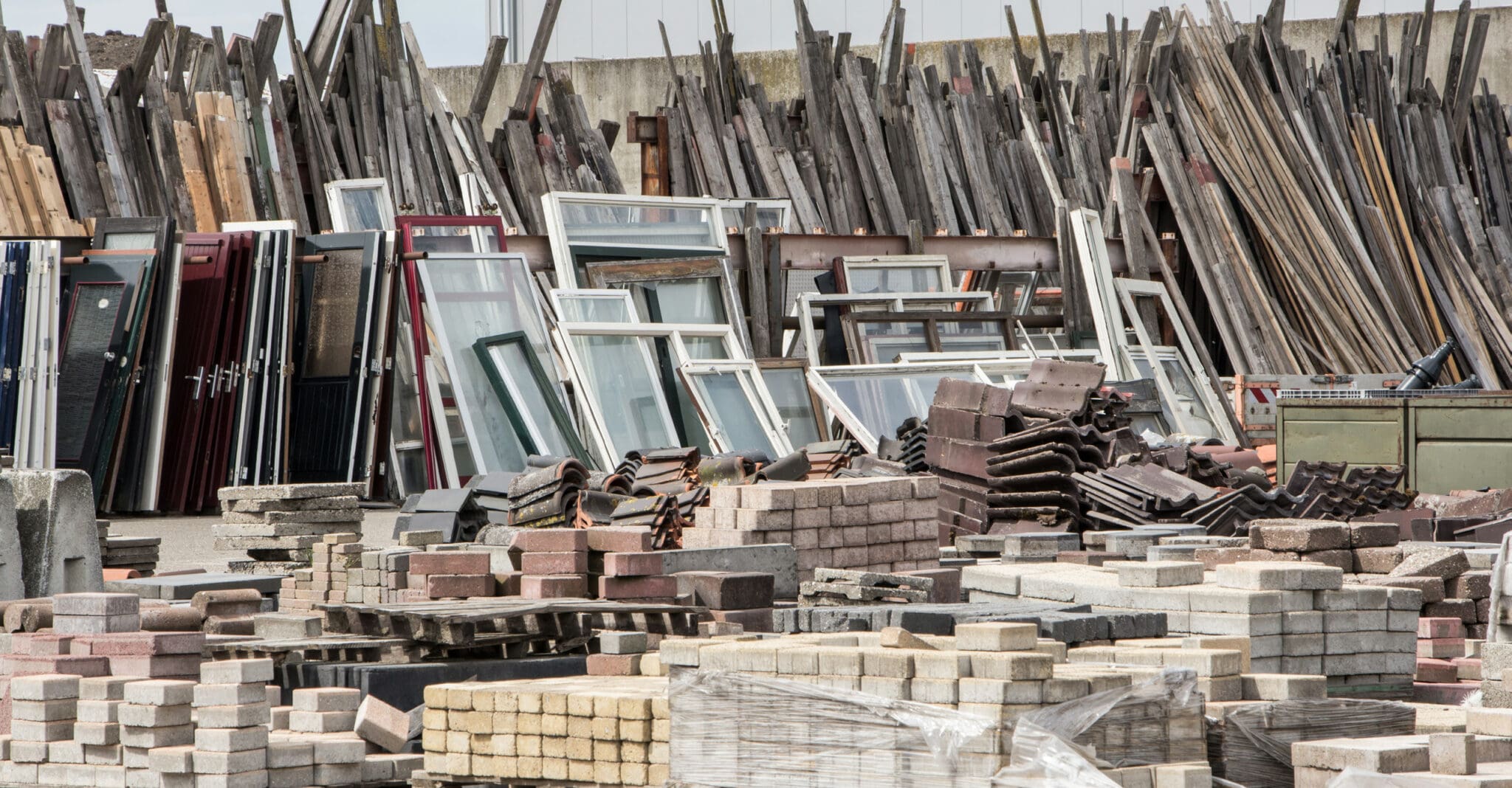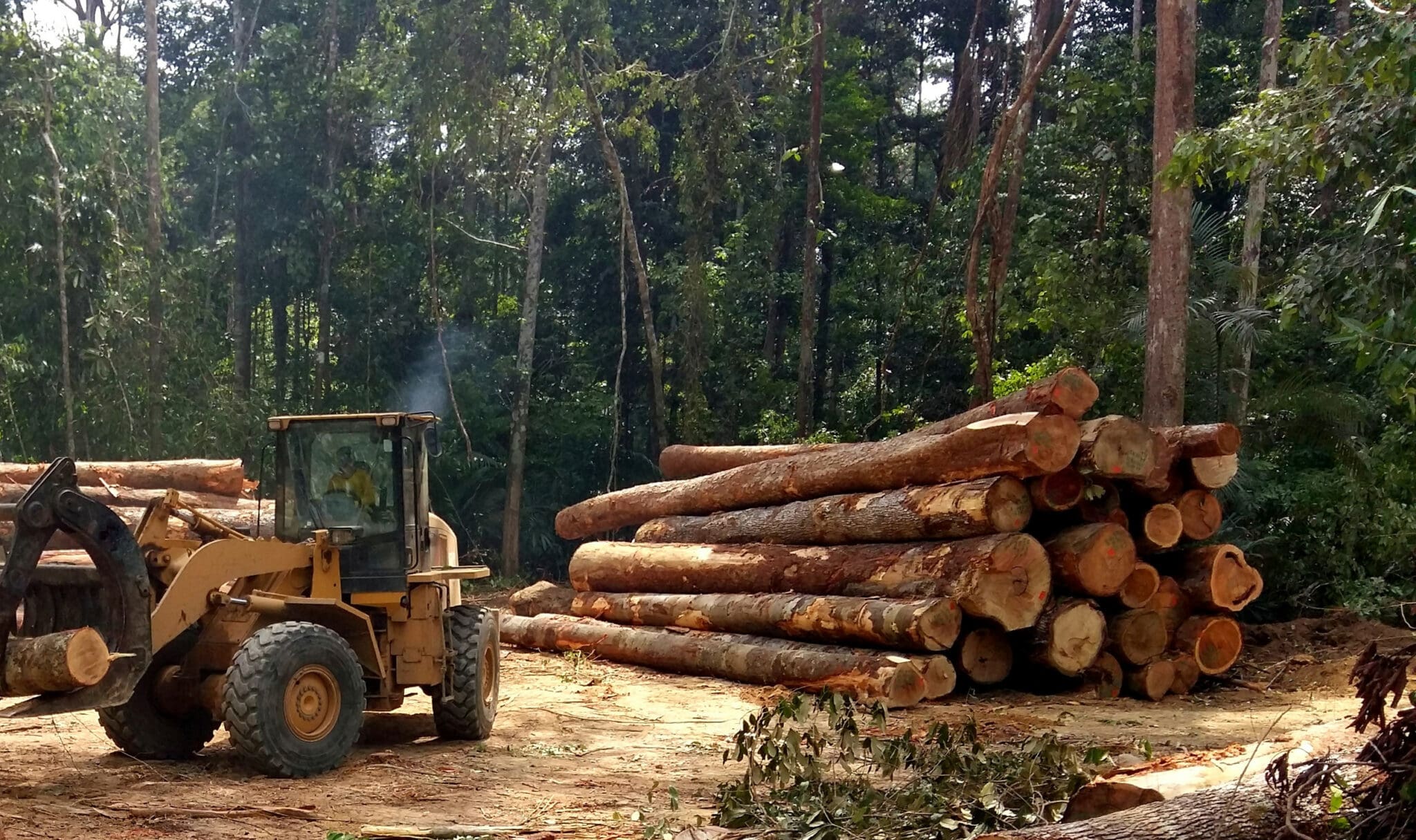Download this publication as a PDF
Selecting building materials for a construction project is a critical aspect of the design process. While opulence and exclusivity certainly have their place, there’s much to be said about choosing sustainable materials. They might already be at hand and have long-term benefits for a project – without sacrificing any aesthetics and curb appeal.
This process prioritizes reducing the quantity of unnecessary materials, reusing materials already existing on-site, and recycling materials to give them a new purpose on a new project. This method can apply to both building construction and the surrounding site — and is needed at a time when natural resources are under threat, and materials can be difficult and expensive to procure. Using what’s already in place – or sourcing as much as possible at the local and regional levels – is an increasingly viable approach while also growing as a market demand.

We can point to Ipe wood, also known as Brazilian Walnut, as a relevant case study. Ipe is ideal for decking and other high-traffic areas. It’s rot and heat-resistant. Prized for its beauty, it was recommended for countless projects. But over time, a few significant problems emerged. Ipe is in danger of overharvesting due to its popularity. To get to Ipe, clearcutting the surrounding treescape is often needed. It also takes a long time to regrow, even when it’s responsibly acquired.
To sidestep this problem, use suppliers who provide wood products from sustainably managed forests or consider using alternative materials such as recycled plastic, composite lumber, or lumber harvested from a deconstructed site or a certified recycling facility. Autodesk, a worldwide leader in architecture and engineering software, recently released a list of top sustainable building materials. It includes bendable, precast, and 3-D printed concrete; mass timber; bamboo; and even mycelium, the vegetative structure of a fungus combined with other materials, like sawdust, and molded into bricks.
Returning to Ipe as a reference point, we can focus our attention on materials used for paving, retaining walls, outdoor furniture, and structures that can be assembled and reassembled for flexible use and reuse. Mulch can be made from invasive tree species, and reclaimed materials range from concrete and brick to glass and plastics, and from steel beams to doors and windows. Using regional materials reduces the energy required for transport while highlighting the historical and cultural identity of a site.
 Yet, it’s not easy. The deconstruction process, in which materials are carefully pulled from an obsolete site and repurposed for a new lifecycle, can add time and expense to a development during design and demolition — but will save costs on new materials and landfill tipping fees. It’s often easier just to call in the bulldozer and wrecking ball and start anew. That’s yesterday’s thinking. Today’s reasoning is that construction and demolition debris, known as C&D, can be repurposed in various ways. It appeals to end users wanting to live and work in attractive buildings, surrounded by inviting landscapes that either weren’t made with virgin natural resources, or were made with as few as possible.
Yet, it’s not easy. The deconstruction process, in which materials are carefully pulled from an obsolete site and repurposed for a new lifecycle, can add time and expense to a development during design and demolition — but will save costs on new materials and landfill tipping fees. It’s often easier just to call in the bulldozer and wrecking ball and start anew. That’s yesterday’s thinking. Today’s reasoning is that construction and demolition debris, known as C&D, can be repurposed in various ways. It appeals to end users wanting to live and work in attractive buildings, surrounded by inviting landscapes that either weren’t made with virgin natural resources, or were made with as few as possible.
While an existing site might not have reusable materials, the project can be designed for adaptability and reassembly. This will benefit the client in the future if there are plans for expansion or any future changes. Rather than using mortar on pavers, try using sand-set pavers or gravity-laid retaining walls that can be disassembled and reused onsite in the future. Rather than using welded materials, use fasteners like bolts that can later be disassembled. Also, avoid using adhesives, if possible, mindful that while materials are designed to last for 20 to 50 years, a site could be repurposed in as little as 10.
Though the situation may seem somewhat dire – natural resources in decline, prices rising, and material languishing in the landfill – current trends, especially in Florida, could prove promising. The state is on the move. According to U.S. Census Bureau data, from April 2010 to July 2022, the state grew by an estimated 3.4 million people — from 18.8 million to 22.2 million. That figure does not include the ongoing population boom, according to various reports, adding around 1,000 people to the state each day. There’s probably some debate on the number’s precision, but state leaders are certainly bullish on Florida’s future. In February, the Demographic Estimating Conference issued a report showing the state’s population topping 25 million by 2032.
That means construction in Florida, across all sectors, isn’t expected to decrease anytime soon. New development, renovation, and redevelopment could create a healthy ecosystem for using repurposed and recycled C&D materials. Right now, C&D is by far the single largest contributor to Florida’s waste, according to the Florida Department of Environmental Protection. According to 2021’s waste-collection statistics, more than 35% was C&D waste alone — greater than food waste, yard waste, paper, and corrugated-cardboard waste combined.
While there are concerns regarding the underdevelopment of the infrastructure and mindset that enable a robust market in the reuse and recycling of construction materials, there is also cause for optimism. Just look at Palm Beach County, third largest and one of Florida’s most dynamic. Through the county’s Solid Waste Authority, C&D can be delivered to permitted facilities, and salvaged for recycling and reuse. Palm Beach County, not surprisingly, has one of the highest C&D recycling rates in the state. As the market demands more of this type of activity, let’s hope that in the name of sustainability, the movement to reclaim and reuse building materials continues to grow.

The effort to increase the use of sustainable building materials is guided in part by the Sustainable SITES Initiative, owned and administered by Green Business Certification Inc. Created to guide the installation of landscapes that conserve resources, SITES provides a comprehensive, granular roadmap that includes extensive guidance on materials selection. Though a design cannot be certified with SITES just for the materials selection, the framework can still be used to help create an environmentally beneficial landscape for your development. WGI has experts certified in SITES, as well as a landscape architect who helped develop the SITES rating system.
So, where does this leave us? At the threshold of a great opportunity, of course. The selection of sustainable materials for a construction project is crucial for reducing long-term impacts on the environment and the surrounding community. Designers, city planners, and developers are increasingly aware and are acting in accordance with this imperative. By considering the reuse of existing materials, designing for adaptability, and sourcing regionally, we can create projects that are both aesthetically pleasing and environmentally responsible.
Download this publication as a PDF























